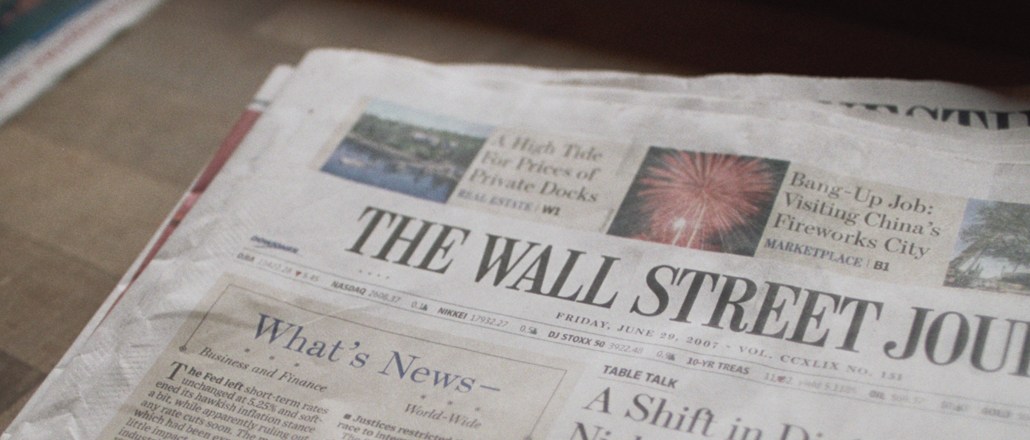The Wall Street Journal is running its first big native ad campaign in the UK

Six months after The Wall Street Journal’s U.S. Custom Studio launched its in-depth ad campaign, “Cocainenomics,” to promote Netflix’s “Narcos,” the Journal unwrapped its first ambitious native ad campaign coming from the U.K.
Launching May 24, the “An honest history of hacking” campaign for antivirus software Bitdefender took three months to produce. It features around 10 pieces of content on cybercrime and its impact on society, through video, articles and graphics.
Display ad units on the homepage, and in sections like technology and business, will drive people to an off-site hub. The campaign is set to run for nine months worldwide.
“This is not a corporate puff piece,” said Aaron Robinson, director of sales development and custom content.
The Journal’s branded-content division has seven full-time staffers in London, compared with its U.S. equivalent, with upwards of 30 people, and its pitch to brands is that the Journal can offer a high level of creativity.
The content was written by the studio’s editorial staffers and included subtle mentions of Bitdefender, in the form of an interview with its CEO and company quotes on the history on cybercrime. The campaign is labeled “Paid Program” and prominently displays the brand’s logo.

“Our previous work was always slightly fragmented — a video for Samsung, article formats on our site, a campaign built for LinkedIn,” Robinson said. “Now we’re bringing those elements together into digital hubs like Bitdefender.”
The main objective of the campaign is to raise awareness for Bitdefender, which is battling competitors like MacAfee. But like other publishers, to grow its native ad business, the Journal has to satisfy advertisers who are demanding that native ads do more than just raise awareness. And the inherent problem of native is that in trying to come off as real journalism, the brand’s presence has to be subdued.
Erfan Djazmi, head of innovation at agency Essence, pointed out that the campaign’s brand recall would likely be low for that reason. “The thing that will cannibalize this hub is all the other content. If you’re just including the logo, I would question what the cut-through is.”
The publishers that stand out will be the ones that can impact advertisers’ bottom line, said David Carr, Strategy Director at Digitas LBi. “Yes, you have your point of view, your lens, your creative skills; those things are elementary. You need the data and ROI to prove differentiation.”
Another potential limitation facing the Journal in growing this kind of work is that its strong global footprint is suited to clients looking for pan-regional campaigns but not those seeking a more tailored campaign.
“Most agencies are structured regionally,” said Djazmi. “They want their products and brands to have a local nuance.”
More in Media

Media Briefing: Publishers who bet on events and franchises this year are reaping the rewards
Tentpole events and franchises are helping publishers lock in advertising revenue.

With Firefly Image 3, Adobe aims to integrate more AI tools for various apps
New tools let people make images in seconds, create image backgrounds, replacing parts of an image and use reference images to create with AI.

Publishers revamp their newsletter offerings to engage audiences amid threat of AI and declining referral traffic
Publishers like Axios, Eater, the Guardian, theSkimm and Snopes are either growing or revamping their newsletter offerings to engage audiences as a wave of generative AI advancements increases the need for original content and referral traffic declines push publishers to find alternative ways to reach readers.





